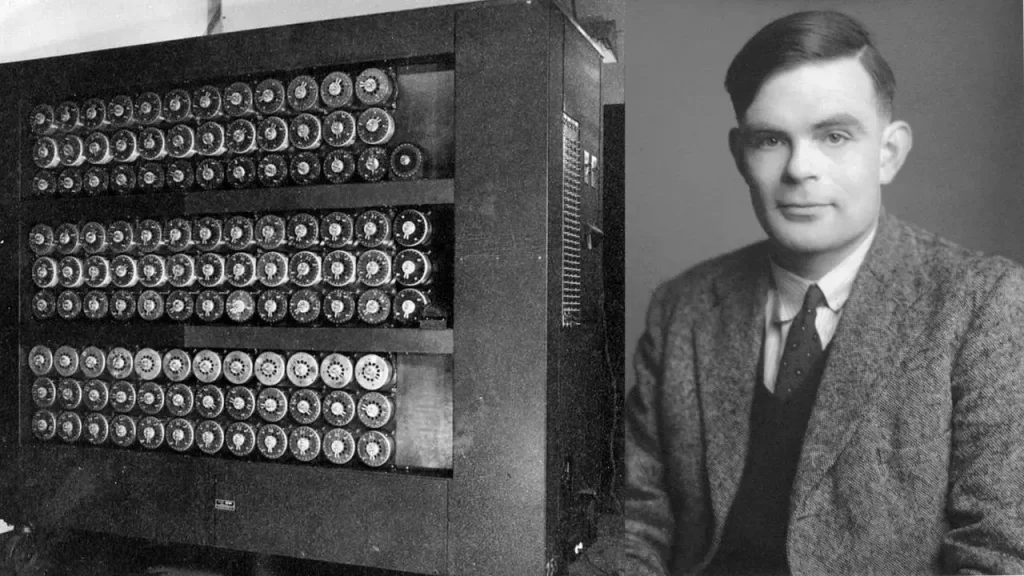In the realm of technological innovation and scientific breakthroughs, few names stand as tall as Alan Turing. Often referred to as the “Father of Computer Science” and a key figure in cracking the German Enigma code during World War II, Turing’s legacy reverberates across numerous fields, touching upon artificial intelligence, cryptography, and mathematics. Join me as we delve into the life, accomplishments, and enduring impact of this brilliant mind.
Early Life and Education
Alan Mathison Turing was born on June 23, 1912, in Maida Vale, London, England. Showing an early aptitude for mathematics and science, Turing’s potential was evident from a young age. He attended Sherborne School and later enrolled at King’s College, University of Cambridge, where he embarked on his journey towards groundbreaking discoveries.
The Turing Machine: A Revolutionary Concept
In 1936, Turing introduced the concept of the Turing Machine, a theoretical device that laid the foundation for modern computing. This hypothetical machine consisted of an infinite tape and a read/write head, which could simulate any algorithmic computation. Turing’s work on the Turing Machine provided a blueprint for the design of general-purpose computers, influencing the development of the digital age we now inhabit.
War Efforts and Codebreaking
Turing’s remarkable contributions during World War II cannot be understated. As a part of the Government Code and Cypher School at Bletchley Park, Turing played a pivotal role in deciphering encrypted messages generated by the German Enigma machine. His work on the “Bombe,” an electromechanical device designed to crack Enigma’s complex codes, significantly aided the Allies and is widely believed to have shortened the war. Turing’s relentless determination and mathematical prowess proved indispensable in breaking the seemingly impenetrable code, a feat that had far-reaching implications for the course of history.
The Turing Test and Artificial Intelligence
Turing’s visionary ideas extended beyond cryptography and computation. In 1950, he published a groundbreaking paper titled “Computing Machinery and Intelligence,” in which he introduced the concept of the Turing Test. This test, often cited in discussions about artificial intelligence, proposes that a machine could be considered “intelligent” if it could engage in natural language conversation indistinguishably from a human being. Turing’s exploration of machine intelligence laid the groundwork for the field of AI, sparking debates and driving research for decades to come.
Tragedy and Legacy
Despite his invaluable contributions, Turing’s personal life was marred by tragedy. In 1952, he was prosecuted for homosexual acts, which were criminal offenses at the time. He was subjected to hormonal treatment as an alternative to imprisonment, which had devastating effects on his health. Turing tragically died by suicide in 1954.
In the years following his death, the significance of Turing’s work became increasingly recognized, and his legacy was celebrated. The “Turing Award,” often dubbed the “Nobel Prize of Computing,” was established in 1966 to honor individuals who make significant contributions to the field of computer science.
Conclusion
Alan Turing’s life story is one of brilliance, innovation, and perseverance in the face of adversity. His pioneering work in computer science, cryptography, and artificial intelligence has left an indelible mark on the world, shaping the technological landscape we inhabit today. As we reflect on his accomplishments and enduring influence, we pay tribute to a visionary mind who paved the way for the digital age and forever changed the course of history.

